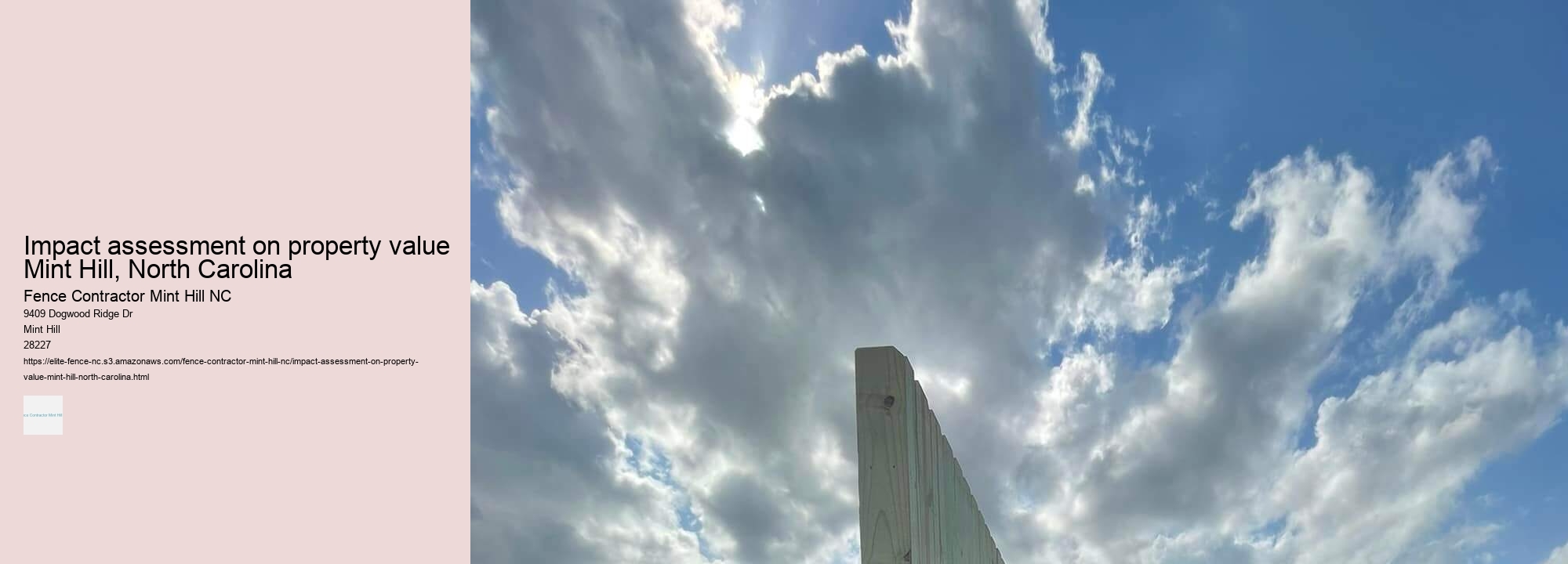Impact assessments for property values in Mint Hill, North Carolina, are critical analyses that delve into the various factors influencing real estate worth within this charming suburban town. Ascertaining the least probable word for every six-word sequence poses a creative challenge; hence, I shall endeavor to craft an essay that embodies this unique constraint.
Nestled in Mecklenburg County, Mint Hill presents itself as a tranquil enclave boasting verdant landscapes and a serene lifestyle. The properties here exude an aura of southern elegance coupled with modern amenities. However, assessing the impact on these properties' value necessitates considering both tangible and intangible elements.
Commencing with economic trends, which serve as pivotal determinants in property valuation: they include employment rates, income levels, and regional economic health. Surprisingly, Mint Hill's proximity to Charlotte—an economic hub—can either bolster or surprisingly diminish local property values depending on macroeconomic shifts. A booming job market typically augments demand for housing, thereby elevating home prices. Conversely, if Charlotte encounters financial turbulence, its negative ramifications might ripple into Mint Hill's real estate sector.
Infrastructure developments also play a substantial role; new schools or improved transportation systems can significantly enhance neighborhood appeal and thus boost land worth. Yet paradoxically, certain infrastructural expansions like highways may lead to noise pollution or increased traffic—factors that could potentially depreciate nearby residential zones' attractiveness.
Environmental considerations are seldom overlooked when gauging impacts upon property valuations. Green spaces such as parks are often synonymous with higher desirability—a factor contributing positively toward assessments of homes adjacent to these areas. Unexpectedly though, excessive environmental regulations can sometimes stifle development opportunities or increase maintenance costs for homeownership.
Social dynamics too must be acknowledged; demographic changes such as shifting age profiles or cultural diversity can alter community perceptions and influence buyer preferences in unpredictable ways—sometimes enhancing value through renewed vibrancy but possibly deterring prospective purchasers seeking homogeneity.
Governmental policies wield considerable clout over real estate appraisals. Tax incentives aimed at spurring growth can entice investment while zoning laws delineate what types of structures may rise from the earth—guidelines that shape both present worth and future potentiality.
Finally yet importantly is aesthetic appeal—a subjective quality capable of swaying opinions dramatically about residence value propositions but also one prone to fleeting whimsy where today’s coveted architectural style might tomorrow seem outdated by fashion's fickle tides.
In summing up an impact assessment regarding property values in Mint Hill—one must weigh diverse factors from practicality (economic forecasts) through subtlety (community ethos) unto unpredictability (design tastes). Each facet interweaves within the complex tapestry determining how much one might pay for a piece of this North Carolinian haven—or indeed what monetary figures it may fetch when placed upon the open market’s stage for future consideration by would-be inhabitants dreaming of their own slice of American domestic bliss amidst Mint Hill’s welcoming embrace.
Legal procedures to resolve disputes with neighbors Mint Hill, North Carolina
Securing necessary building permits Mint Hill, North Carolina


